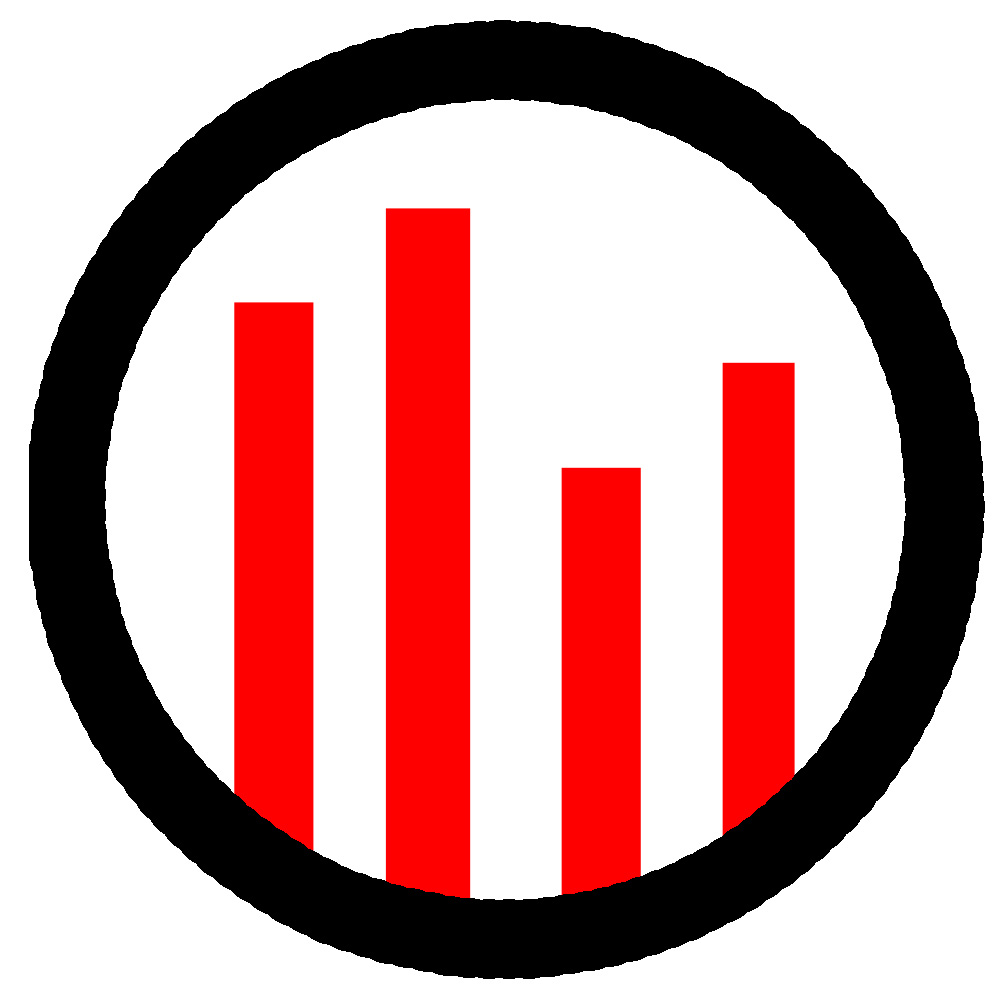
Refinery flue gas is known to contain a large amount of compounds (e.g., CO, NOX, SOX, PM) that are considered harmful to the environment. Greenhouse gas (GHG) emissions are another major concern due to the forecasted irreversible effects of climate change. GHG consists primarily of CO2 with the remainder being methane, nitrous oxide, ozone, and hydrofluorocarbons (for refrigeration) as well as water vapor. Flaring is responsible for a significant release of GHGs and the trapping of heat in the atmosphere. The four main CO2 emission sources in refineries are the hydrogen production processes, fluid catalytic cracking, and the combustion of fuel in process heaters as well as in plants for onsite steam and electricity production. Methane emissions from a typical refinery arise from valve, flange, and pump leaks, the venting of crude oil storage tanks, uncontrolled asphalt blowing and blowdown systems, and the opening of coke drums during the decoking cycle of delayed coking units. Methane emissions are also generated from incomplete combustion in refinery furnaces and boilers.
How it will benefit you
There are a number of commercially available environmental control technologies that can be implemented by refiners to enable them to meet the stationary emissions targets imposed by governments around the world. For flue gas releases, refiners can opt for scrubbers, electrostatic precipitators, third and fourth stage separators, selective catalytic reduction and selective non-catalytic reduction units, low-NOX FCC regenerators, low- and ultra-low NOX burners, distal flame architecture, and FCC catalyst and additive technologies. Clean burn flaring systems are also offered that can lower emissions to the atmosphere to levels that are well below currently legislated standards. And, companies provide flare gas recovery systems that can be implemented to meet the Zero Routine Flaring by 2030 goal as well as provide environmental, energy efficiency, and economic benefits. Also, licensers provide hydrogen production processes and reformer designs and FCC hardware solutions that lower CO2 emissions for refineries looking to cut their Scope 1 and 2 emissions. And, monitoring systems for methane leak detection and solutions that minimize leaks are available to address the greater sense of urgency developing regarding methane in order to see an impactful effect on global warming in the near-term.
What does it include
This study, completed in 3Q 2021, begins with current GHG emissions levels and projections for the post-pandemic future, emission regulations and GHG reduction targets and initiatives, and CO2 and methane reduction strategies.
In addition to a comprehensive list of state-of-the-art technologies, recent innovations feature the Sennuba Steam Plume Technology from DuPont Clean Technologies for use with its MECS DynaWave wet gas scrubbers for sulfur recovery units; Clariant’s new EnviCat NOX SCR catalyst; Zeeco’s GB Single Jet burner, which lowers NOX emissions; the Super DESOX CV+ additive from Grace Catalysts Technologies for FCC flue gas SOX reduction; Johnson Matthey’s NOXGETTER and NONOX FCC additives for NOX reduction; Honeywell UOP’s Callidus nViro-XSR and Callidus IS3 flares, its Callidus Totally Enclosed Ground Flare and Callidus Multipoint Ground Flare, and its Callidus MP4U and Callidus Galaxy burners; the Steamizer XP steam-assisted flare, Steamizer HAS flare tip, QS smokeless flare tip, SMART flare, FAB tip for air-assisted flares, and LRGO multi-point ground flare from John Zink Hamworthy Combustion (JZHC); Garo's flare gas recovery systems with its liquid ring compressors and patented Washing Amine Integrated System; Honeywell UOP's Callidus Flare Gas Recovery Systems; JZHC’s modular and skid mounted flare gas recovery systems; the Zeeco Flare Gas Recovery Systems and the Zeeco Zirconium Instant Pressurized ballistic ignition system; energy-efficient steam reforming designs from Air Liquide Engineering & Construction, Haldor Topsoe, Johnson Matthey, and Technip Energies; FCC feed injection systems that lower delta coke and CO2 emissions from ExxonMobil/KBR and Lummus Technology; the Dilating Disk Valve from Clark Valve for reduced methane leakage; the Zero emission valve from Mokveld Valves; LUMEN TERRAIN and LUMEN SKY methane monitoring systems from Avitas; the SOOFIE (Systematic Observations of Facility Intermittent Emissions) system from ChampionX; and the Honeywell Rebellion Gas Cloud Imaging (GCI) camera and Mini GCI for the detection, identification, and quantification of polluting gas leaks.
The study also includes extensive discussions of plant operations and practices that identify valuable operating experiences and daily trouble-shooting techniques shared by veteran refining professionals around the world. New information in the environmental controls plant operations and practices section pertains to maintaining the SCR catalyst system, flare gas analysis and direct measurement of combustion efficiency, flare pilot monitoring, considering a flare gas recovery system for a greenfield refinery, flare gas recovery system optimization, and flare gas flow measurement.
To plot future trends in environmental controls, the study gathers and reviews the latest patent applications and research papers regarding flue gas scrubbing; selective catalytic and non-catalytic reduction; distal flame architecture; FCC processes, catalysts and additives; flaring; GHG emissions; and more.
Keywords: environmental controls, emissions, flue gas, CO, NOX, SOX, PM, VOCs, flue gas scrubbing, electrostatic precipitators, third stage separators, fourth stage separators, selective catalytic reduction, selective non-catalytic reduction, low-NOX FCC regenerators, low-NOX burners, ultra-low NOX burners, distal flame architecture, SOX reduction additives, NOX reduction additives, CO combustion promoters, flaring, steam-assisted flares, air-assisted flares, enclosed flares, multi-point ground flares, zero routine flaring, flare gas recovery, greenhouse gases, GHGs, CO2, carbon offsets, carbon pricing, methane, Global Methane Pledge, methane certification, methane leaks, methane monitoring,
Publication details
Publication frequency
Single publicationPublication format
Adobe Acrobat (.pdf) filePurchase
Purchase Publication
Interested in purchasing a copy?
Order now.



